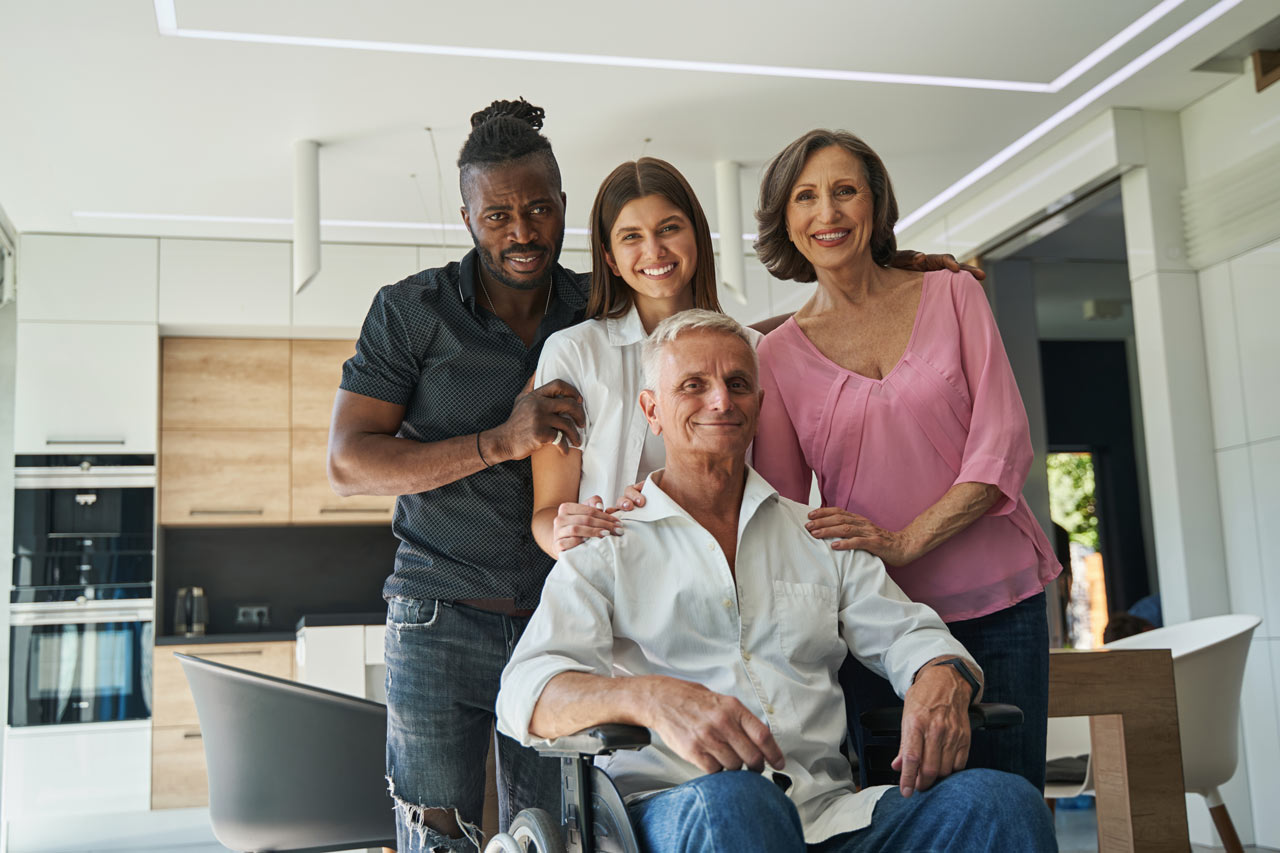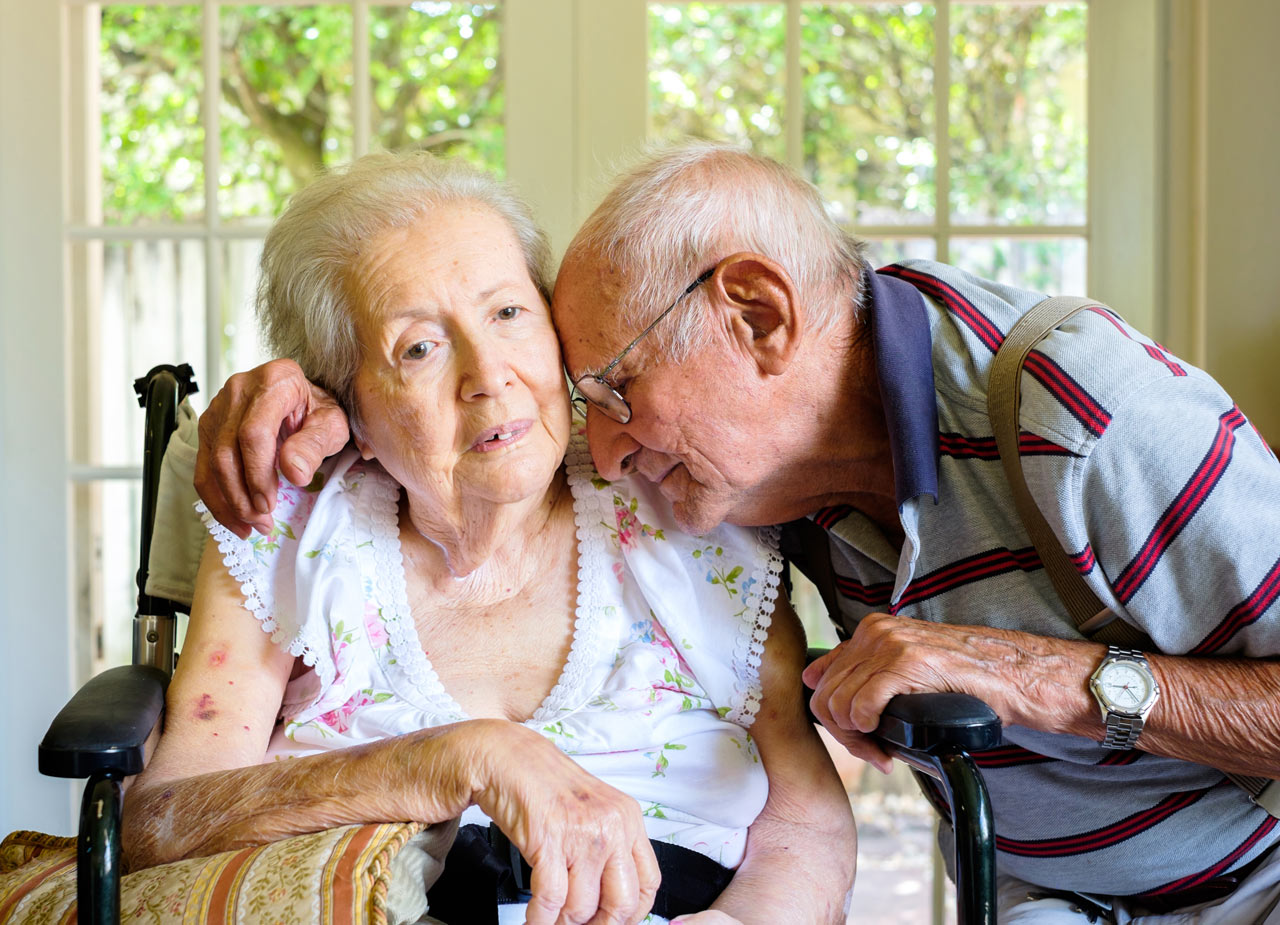Aging in Place Part 1: Empowering Seniors to Live Independently
This video was produced in association with PSS, Coming of Age & Caring Professonals, it first appeared here on the PSS Youtube Channel.
Introduction and Speaker Background:
Today’s presenter, a veteran community activist, Faigie Horowitz MS, has spent decades in social services, both as an executive and as a board member of nonprofits. After several years in workforce development for Brooklyn job training agencies, she became the associate director of the Flatbush Haitian Center and then the Executive Director of the Brown Heights Jewish Community Council. Her portfolio expanded to a citywide focus in New York City and subsequently to a national focus at a children’s charity. Faigie has a developmentally disabled brother and has served as a decades-long board member of the Brooklyn agency that took care of him, McCore Care and Services Network. She served on several boards of boutique and general social service organizations while living in Brooklyn and now does so from Long Island. She is a co-founder of a shelter for homeless girls in Brooklyn, a community for midlife women called JWOW, and a Synodog. Faigie currently works for Caring Professionals, an FI, fiscal intermediary, and LHCSA Licensed Home Care Services Agency based in the Metro New York area as Director of Communications. She’s been active in the Fair Pay for Home Care effort and writes about senior and caregiver issues. She’s also a columnist for several periodicals.
Main Content:
Hi everybody, I think it’s afternoon where most people are, so I’m welcoming you, and I really feel like I am part of the PSS community and I’m thrilled to give back. I’m going to be talking about significant modifications in the home, not necessarily small-scale changes. I’m going to be talking about changing layouts within a room, appliances, technology, and things you may need a handyman for, an installer, or even a contractor to do.
Shortly before COVID began, I remember reading an article in Long Island Newsday that I printed out. It said that more and more seniors are choosing to stay at home. There were agencies connected with the local Department for the Aging and another that helps veterans to do modifications to allow them to live at home and not go further. Once COVID hit and the horror stories about institutional settings for the elderly came out, I said, “Hey, more and more people are going to want to stay at home.” I had the time to train as a certified aging in place specialist with the National Home Builders Association, which gives these series of classes. I trained in this, and while I don’t go into people’s homes and make recommendations, I have made many, many presentations, Zoom programs, and talks in person on this topic because it’s something that I really relate to and I’m excited about.
So it’s all about planning. Planning for a different or changed environment for when we get older includes and is appropriate for many kinds of people. I’m in the first category, people without urgent needs. Ten years ago, I slipped on a wet floor at my job and broke my ankle. I learned firsthand what I could do in my current home. I was able to get to the bathroom; the doorway was wide enough, but it’s a two-part bathroom, and I could not get into the inner part because that doorway was too narrow. The shower wasn’t bad; it had a seat but didn’t have a grab bar. That thing fell. I don’t have a problem with falling, but this time it was something else. May 31st, I fell again. I was coming from the bank, and there was a pothole in the surface of the parking lot. The owner of the strip mall had not filled in holes, and I tried to save myself and twisted my ankle. So what is my point? It’s nine years later, and we had done some changes in the house, so certain things were much easier, but I don’t have urgent needs. We managed, and I managed in my kitchen much better. I was very glad I have a kitchen table with a base. It’s round, and it has a base, so I could slide my wheelchair right underneath. I also had a better wheelchair, so I was able to get into the kitchen and go over the little threshold much more easily.
Now there are other kinds of people that have to consider making modifications. Those are people with chronic or progressive conditions, people in the second category. For example, somebody with Parkinson’s or arthritis may need special modifications to allow them to age in place. These people may already have needs for help with activities of daily living, such as turning on a light, a faucet, or bathroom changes. Then you have the third category, those with trauma. People who must make modifications because of traumatic change. They have a stroke, they have a major fall, they become paralyzed. Before they come home from rehab or the hospital, their family is going to have to make some modifications in the house. So again, that’s not advanced planning, but you do have to make some changes. And then there are people in the fourth category, people who originally had plans to go to assisted living or to retire to Florida and be part of a senior community. But because of changes in finance or awareness of what things are all about, they are choosing to stay at home.
So why do people want to age in place? It’s all about quality of life. People want to stay at home because they want a better quality of life. And therefore, we want to protect them. People stay at home and choose not to go to a nursing home, assisted living, or a senior community because they feel they will age better where they are. Quality of life means different things to different people. There was a massive study, a meta-analysis, covering almost 4,000 people in 18 countries of the West. Basically, there were these nine quality of life domains: autonomy, role and activity, health perception, relationships, attitude and adaptation, spirituality, the home and neighborhood, financial security.
Our goal in home modification is to keep us at home so we can have quality of life. Our basic priorities are life safety, fall prevention, and making difficult tasks easier. We want to have easily accessible exits during a fire, prevent falls, and make everyday tasks more convenient. For example, today’s electric stoves are equipped with lights that indicate when it’s too hot to touch. In the kitchen, having appliances and preparation areas close together can reduce the need for excessive movement. Balance is also a concern, so redundancy is important. This means having backup systems in place, like multiple bulbs in a light fixture or smoke alarms with both visual and auditory alerts.
Technology can be very helpful in ensuring safety. For example, monitoring systems can provide peace of mind for both the senior and their family. These systems can be integrated into tablets or computers, and some even require periodic responses from the user to ensure their safety. Additionally, these systems can be portable, allowing them to be taken on trips.
Having the conversation about home modifications with one’s parents is not always easy. It needs to be inclusive and respectful. Sometimes hiring a geriatric care manager, a trained social worker or nurse, can help mediate these discussions. Our agency, Caring Professionals, does have a geriatric care manager on board, but with the right preparation, you can also have productive conversations on your own.
One final word about systems that monitor seniors: they can also integrate security features, like locking doors and managing lighting and thermostats. This technology can make it more convenient to do certain things, like getting cords off the floor and removing rugs. It’s not necessarily home modification, but it’s worth mentioning.
It’s important to keep the home attractive and avoid an institutional feel. When making modifications, take the time and spend the money to make them aesthetically pleasing. Repaint walls if necessary, and ensure that new doorframes or railings blend in with the home’s décor.






